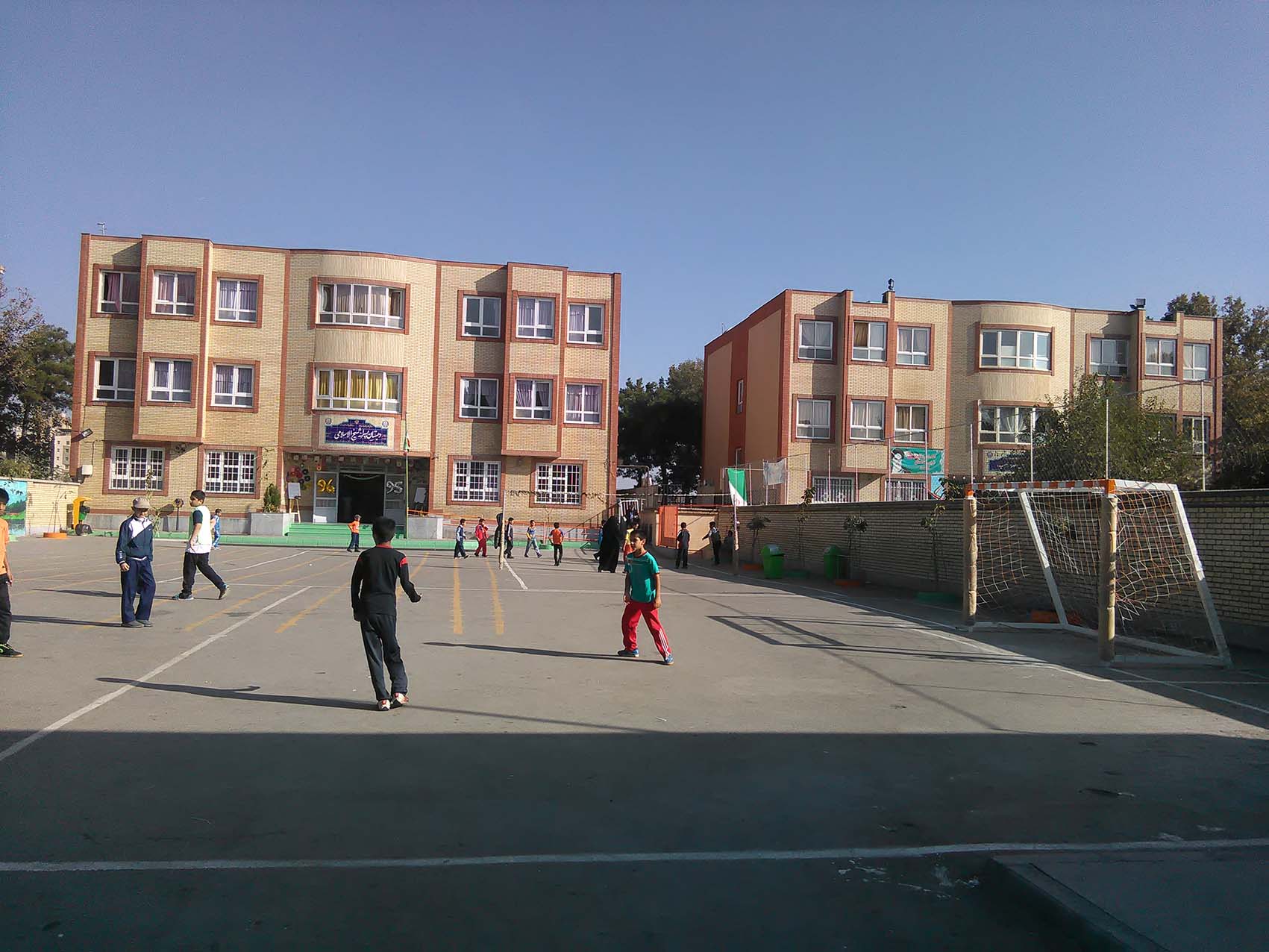Bilingual schools in border provinces will start functioning from the next school year (Sept 2016), said Mohammad Ebrahimi, Khuzestan representative in the Iranian Students’ parliament.
Ebrahimi said the Majlis (Parliament) has passed several legislations this year (started March 21), for the benefit of non-Farsi speaking students, among which establishing bilingual schools was the most significant, IRNA reported.
In the current school year, bilingual schools were launched in Kurdistan Province as a pilot plan. The classes are taught both in Kurdish and Farsi. In the next school year, they will be launched in the Arabic-speaking areas of Khuzestan Province.
The native language of thousands of students in border provinces is Arabic, Kurdish, Baluchi and Turkish. The official language of Iran is Persian (Farsi).
“The bilingual plan aims to remove language barriers in providing equality in education. Accordingly, children will be taught in their native languages, but will also study subjects in Farsi,” Ebrahimi said.
Bilingual education involves teaching academic content in two languages, in the native and secondary language with varying amounts of each language used in accordance with the program model. This involves education in a child’s native language for some years to ensure that students do not fall behind in content areas like mathematics, science, and social studies while they are learning Farsi.
Language Skills
Research has shown that many of the skills acquired in the native language can be transferred easily to the second language later. The goal is to help students’ transition to mainstream classrooms as quickly as possible. In a transitional program, the student’s primary language is used as a vehicle to develop literacy skills and acquire academic knowledge.
Research on bilingual education suggests that studying in one’s native language facilitates learning a second language without difficulty, Ebrahimi said, adding that “children’s achievement in the second language depends on the level of mastery over their native language. The most positive cognitive effects occur when both language skills are highly developed.”
Lack of bilingual schools can lead to a higher number of school dropouts. Launching such schools at the primary level will provide continuity in education and also encourage students to opt for higher education in mainstream schools.
According to statistics, 82 to 83% of Iranians speak Farsi and 86% understand the Farsi language.
There are 980,000 students in Khuzestan Province.
Iranian Students’ Parliament is affiliated to the Education Ministry and has 150 representatives, 75 girls and 75 boys who are elected biannually from all over the country. It includes four students from religious minorities and one exceptional student. Students present their concerns, plans and programs in four meetings that are held every six months.


